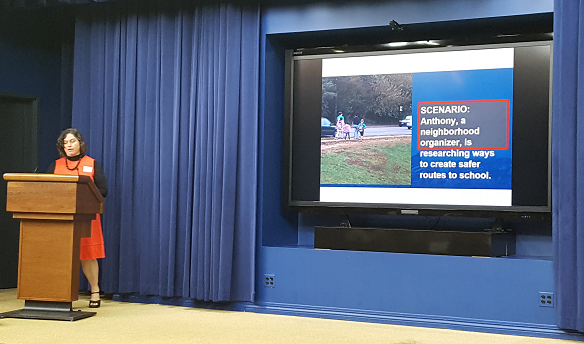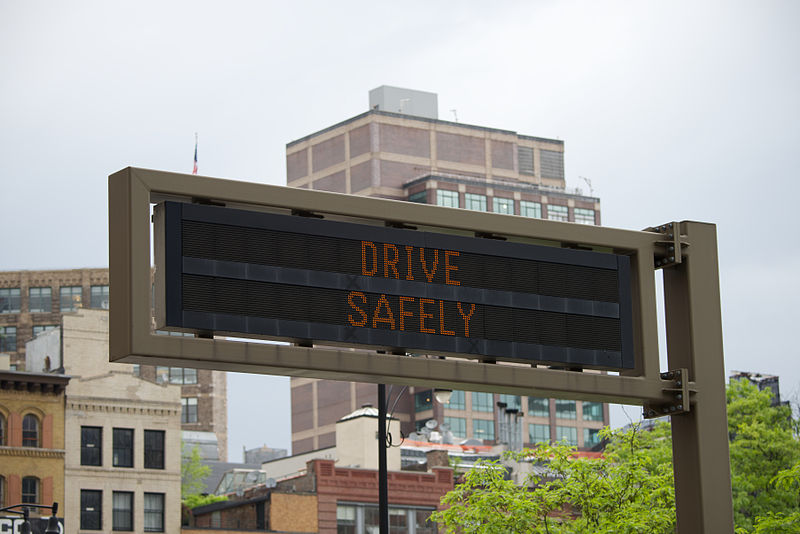Data
U.S. Department of Transportation Announces Enhanced Protections for Air Travelers, Actions to Promote Airline Competition
WASHINGTON – U.S. Transportation Secretary Anthony Foxx today announced that the U.S. Department of Transportation (DOT) is taking a number of actions to enhance protections for air travelers and promote competition in the airline industry. The actions are a result of the Department’s continued commitment to ensuring that passengers are treated fairly by the airline industry, as well as an executive order issued by President Obama directing federal agencies to identify specific actions to relieve undue burdens on competition and better inform consumers.
Airlines Report 15 Tarmac Delays Over Three Hours on Domestic Flights, Five Tarmac Delays Over Four Hours on International Flights in August
WASHINGTON – Airlines reported 15 tarmac delays of more than three hours on domestic flights and five tarmac delays of more than four hours on international flights in August, according to the U.S. Department of Transportation’s Air Travel Consumer Report released today. All reported extended tarmac delays are being investigated by the Department. Previous investigations of tarmac delays have resulted in enforcement action by the Department.
Putting USDOT Open Data to Work in the White House Opportunity Project
At USDOT, we believe that transportation plays a critical role in connecting Americans to economic opportunity. We know that to do that job well, we need to identify where barriers to opportunity exist – and that requires data.
Today, we were excited to participate in The Opportunity Project, a White House initiative to spur the creation of digital tools that use Federal open data to help individuals and families navigate information on access to resources like housing, schools, jobs, and transportation.

Two New Tools for Improving Road Safety Reporting
Too many people are dying on our roads every year. To save more lives, and to move us toward the goal of zero road fatalities, we need to get the best information possible about how and where serious injuries occur – and then we need to direct resources to improve safety in those locations.
Through the Federal Highway Administration and National Highway Traffic Safety Administration, the U.S. Department of Transportation has developed two tools to help states do just that: a national definition for serious injuries and the development of State Serious Injury Conversion Tables.


